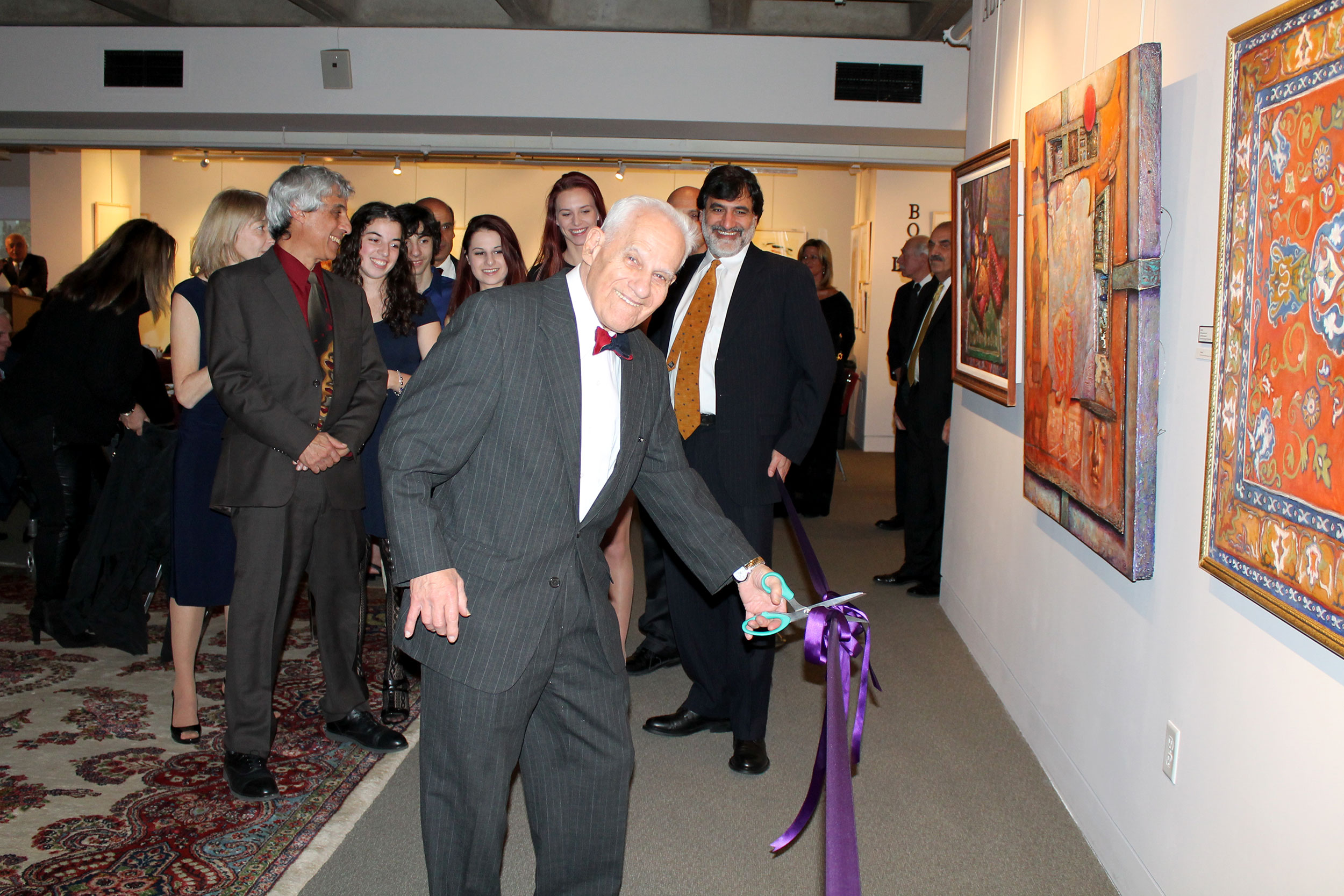The Museum is offering two art classes this summer for kids interested in learning to paint and draw among the objects in the galleries - SIGN UP SOON!
Painting and Drawing I
ages 6-10, July 11 - August 1, 2017
Tuesdays, 9:00 am - 11:00 am (4 Classes)
Painting and Drawing II
ages 11-14, July 13 - August 3, 2017
Thursdays, 3:00 pm - 5:00 pm (4 Classes)
Tuition $120, Members receive a 25% discount!
All materials will be provided: Gouache paints, brush sets, pallets, charcoal, graphite pencils, ink sets, sketchpads, and canvases.
Class size is limited to 12 students in each class.
Students will be introduced to key artistic methods at the heart of the drawing and painting process. Observational skills will be developed through experimentation with a variety of drawing and painting techniques, including gouache, watercolor, charcoal, graphite and colored pencils, and ink.
The Museum collection will be a source of inspiration and learning. Students will be exposed to art objects and artifacts in the galleries as sources of inspiration to create original works of self-expression.
About the instructor
Arevik Tserunyan is the 2017 Artist-in-Residence at the Museum. She received an MFA from the School of the Museum of Fine Arts in 2015 and has shown her work in Yerevan, Armenia, as well as in Boston, MA. Arevik has taught at Yerevan Pedagogical University and the School of Fine Arts for Children in Armenia and was a Teaching Assistant at the SMFA in Boston. Arevik is fluent in Armenian, English, and Russian and brings her unique artistic perspective to these courses to help children explore ideas within the Museum setting.
For more information or to reserve your spot, call 617-926-2562 x4 or visit the Museum shop

















